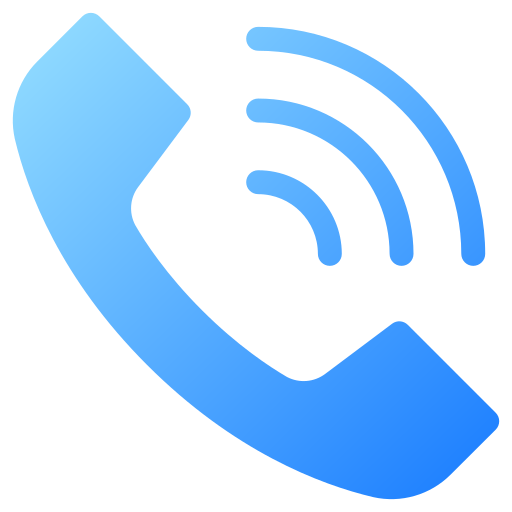Introduction
In the landscape of modern education, artificial intelligence and automation are transforming traditional practices to meet the evolving needs of students and educational institutions. Among these advancements, telephony automation stands out as a powerful tool for streamlining communication and enhancing the overall educational experience. This article explores the best usage cases for telephony automation in education, focusing on student inquiries, enrollment assistance, and tutoring services.
Managing Student Inquiries
One of the most significant applications of telephony automation in education is managing student inquiries. Educational institutions often receive a high volume of questions from prospective and current students related to course offerings, campus facilities, and administrative processes. By implementing automated phone systems, institutions can efficiently handle common inquiries through interactive voice response (IVR) technologies. This not only reduces the workload on administrative staff but also provides immediate assistance to students, ensuring that their questions are answered promptly and accurately. Additionally, automation can route more complex inquiries to the appropriate staff members, thereby enhancing overall responsiveness.
Enrollment Assistance
Enrollment can be a daunting process for many students, particularly first-year undergraduates. Telephony automation can play a crucial role in guiding students through enrollment procedures by providing information about required documentation, deadlines, and application statuses. Through automated calls and texts, institutions can send reminders to students about important dates, alleviating anxiety and increasing the likelihood of timely enrollment. Furthermore, these systems allow for easy access to FAQs, which can streamline the entire enrollment process, leading to higher satisfaction rates among incoming students.
Tutoring Services
Another essential application of telephony automation in education is in the realm of tutoring services. Many students require additional support outside regular class hours. Automated systems can facilitate the scheduling of tutoring sessions by allowing students to select available time slots through phone menus. By reducing the need for back-and-forth communications, automation makes the process more efficient for both students and tutors. Additionally, automated reminders can be sent to reduce no-show rates, ultimately enhancing students’ academic performance.
Conclusion
In summary, telephony automation presents numerous advantages for educational institutions by effectively handling student inquiries, simplifying enrollment assistance, and improving access to tutoring services. As educational institutions continue to embrace technological innovations, telephony automation will undoubtedly play an essential role in enhancing communication and overall efficiency. By prioritizing these automation strategies, schools can create a more responsive and student-centered environment that supports learning and success.

